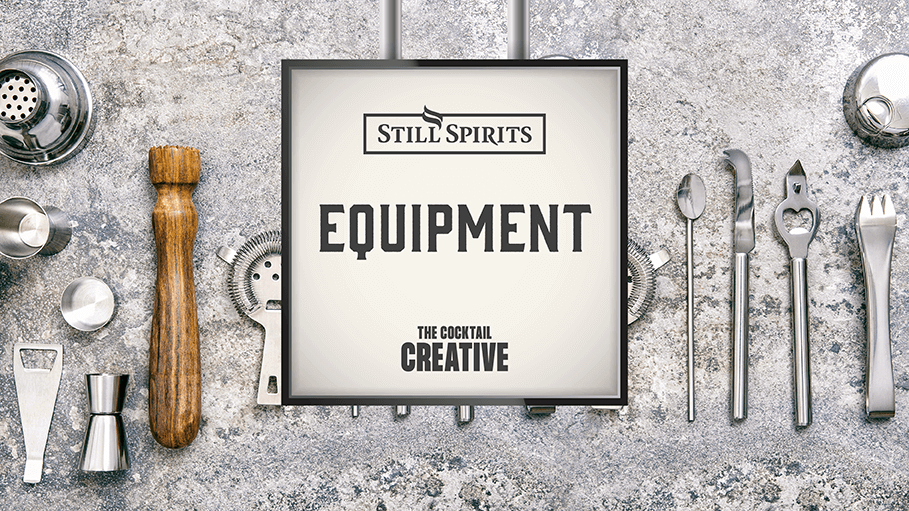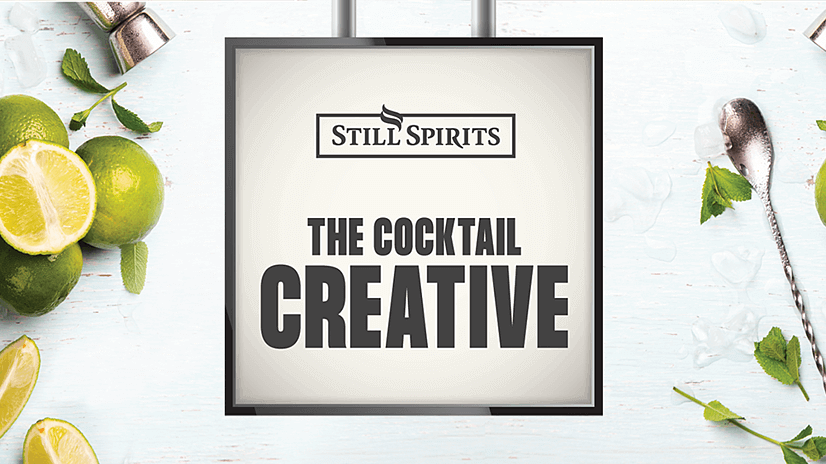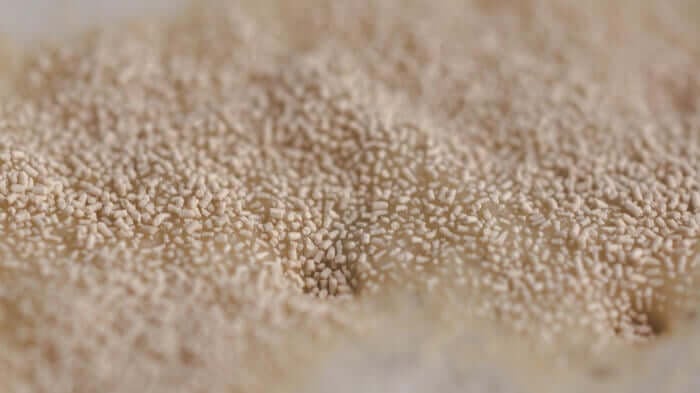In this edition of the Cocktail Creative, we'll be talking about Equipment. If you’ve ordered a cocktail in a bar before, you’ve likely seen the mixologist behind the counter shaking, stirring, placing elaborate garnishes with tweezers, smoking and cartwheeling (okay maybe not quite that far!) and it all looks a little… complex.

In our last blog post, we shared our idea of the perfect Beginner’s Home Bar set up. We hope you’ve had a chance to get stocked up and try out a few recipes! This week, we’re going to go through the equipment you need to get you set up like a pro. We’ll also share some kitchen hacks that you can use if you feel like getting creative and don’t want to invest in an assortment of gear all at once.
So, what do I need?
Shakers come in a variety of styles and are a pretty important part of the cocktail making process. If a recipe calls for a shaker, then your cocktail needs to be shaken – it properly incorporates your ingredients and aerates the cocktail for a foamy finish and texture. You won’t get that just from stirring!
If you don’t have a shaker at home, you can use virtually any strong container with a lid. Our preferred shaker hack uses a mason jar with a lid and screw on top. Alternatively, think smoothie shakers, water bottles, takeaway coffee cups or standard jars.
A jigger is a small tool used to measure out precise amounts of alcohol used in your cocktail. Using the right amount is key in creating the perfect cocktail. They can be made out of metal, plastic, or glass, and come in different shapes and sizes. A standard jigger looks a little bit like an hourglass with one side typically measuring 1.5oz (45ml) and the other measuring 1oz (30ml).
If you don’t have a jigger, you can try a shot glass with measurements on the side like the one on the right. Alternatively, a tablespoon should do the trick. A US tablespoon is roughly equivalent to 0.5oz (15ml) , and an Imperial tablespoon is equivalent to 0.6oz (17ml) so either way you have a fairly accurate measurement.
Most recipes that are shaken or stirred require a strainer so that the pieces of ice in your shaker don’t make it into your glass, thus diluting your perfectly balanced creation.
If you’ve used a mason jar as your shaker and you’re feeling crafty, get a spare lid, drill small holes into it, then use a little sandpaper to smooth the rough metal – et viola, you have a strainer! Check out the Instructables article on how to do this here. Just shake up your cocktail in the jar with the un-drilled lid, swap out the lid for the drilled one and pour into a glass. You can also use a fine mesh tea strainer.
A muddler is used to express herbs used in cocktails like a Mojito. The aim of the game is to gently process the herbs into a paste to brighten the aromas and flavours present.
If you don’t have a muddler, you can use a rolling pin (gently!) or the handle of a wooden spoon.
Many of you will already have a citrus juicer lurking in your kitchen cabinets, so if you do, dust it off and put it to work! Fresh juice takes your cocktail to the next level so opt for fresh instead of pre-packaged juice whenever you can.
If you don’t have a juicer, you can cut the fruit in half, insert a fork and twist it while squeezing to get the most out of the fruit. Another fun technique is inserting a skewer through the bottom of the fruit taking care not to pierce the other side, then gently squeeze to get the juice out - this works particularly well with lemons!
A channel knife is a small kitchen tool with a sharp V-shaped metal blade and sometimes a zester on the opposite end. They peel long thin spirals from your citrus fruit creating a striking garnish.
Whilst you won’t obtain the same eye catching spiral, a vegetable peeler or simple paring knife will easily peel your citrus, just use a knife to tidy up the edges of the garnish. If you have a four-sided cheese grater this will work perfectly for zesting (use the rough side) or even for peeling using the slicing holes – just watch your fingers!
A bar spoon isn’t the same as your everyday dessert spoon. Not only do they stir cocktails, they also mix your ingredients “just so” to get to the perfect temperature and dilution as they don’t break down ice too quickly. The spoon itself typically holds 5ml (a teaspoon) so is perfect for those little measurements. There are a variety of shapes, but some have a flat end useful for muddling. A flat ended spoon can also be used to layer your drinks for artistic flair by resting the flat end on the surface of the first ingredient, then pouring the second ingredient slowly down the stem of the spoon, lifting it as the liquid level rises.
Using a bar spoon is certainly an art form in itself and does take time and practice to achieve, but until you’re up to the challenge, a chopstick, skewer or stainless-steel straw will work perfectly for stirring.
So, there you have it. You probably already have most, if not all, of the equipment you need sitting in the cupboard just waiting to be used! Be sure to let us know if you have your own “hacks” that we haven’t mentioned here - we love seeing you get innovative! Tag us on Facebook and Instagram or leave a comment below!
If you're feeling particularly creative, you may even like to try your hand at designing and building your own home bar. Our friends at Porch have written a great article, Custom Bar DIY: Designing the Perfect Home Bar to guide you through the process. Be sure to check it out!
In our next post in this series, we’ll go through selecting the right glass for the cocktail you’ve worked so hard to perfect.
To download our recipes from Beginner's Home Bar article, click here.
Happy cocktail making!













